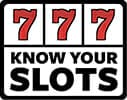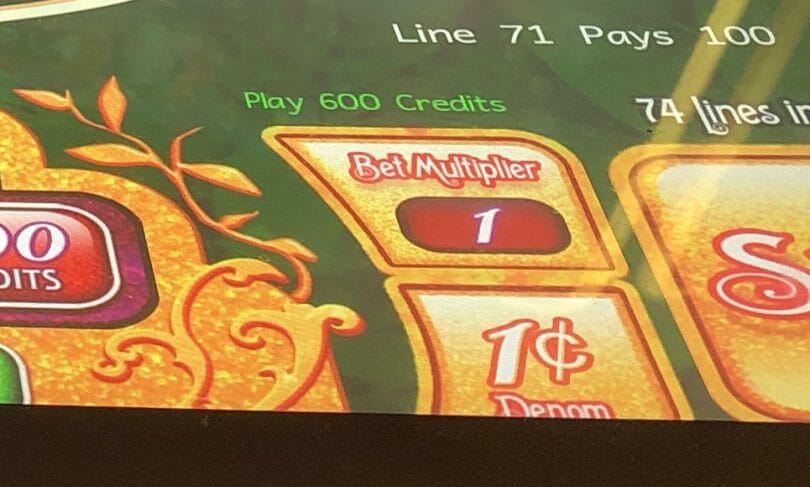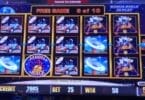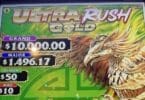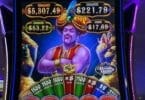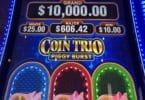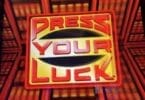There are more than a few casino goers that make the observation that a penny slot machine, especially on today’s casino floor, is far from a penny wager, with max bets that get into the tens of dollars.
One reader submitted a question that gets right into that aspect of things, and looks to clarify the situation:
Say you’ve got a mythical slot machine with 20 paylines. If it’s 1c denom, would that make max bet 20c? (Therefore if $1, $20 max bet and so on.) But I’m sure I’ve seen them play $50 a spin on different denominations and I don’t see the point. I mean if you’re playing $50 on 1c or $10 it’s still $50!
Also, HOW do you bet large amounts on a 1c slot? As it’s 1c per winline, to bet $50, say, would be 5000 winlines, no? So $5 denom would make it 10 winlines? If my thinking’s right, wouldn’t the 1c denom giving you 5000 winlines be much better as you’d have many more chances of hitting wins?
Or have I misunderstood totally what’s going on? I’ve re-read your denom thing several times and I still don’t see that bit.
Let’s start out by talking about how a penny denomination machine can get bets that are into the dollars or tens of dollars arena. There’s a few ways this can happen:
- Line or bet multipliers: Using your example of 20 lines, a line multiplier lets you bet more than 1 penny per line. So 20 lines with a line multiplier of 5 would be $1 (20 lines, 5 pennies per line). Your denomination in this case is still 1 cent, but the machine lets you bet higher. This is commonplace on slots and have been around as a feature for decades.
- Feature bets: Many newer slots let you additionally wager on a feature bet, or bet higher for more frequent features. This disconnects the wager a bit from the number of lines. Some slots will have a 30 line setup, for example, but a $1 wager per bet level, and the remainder covers betting on various features and so on. So it’s no longer as simple as number of lines x denomination = wager.
- All ways pays: Some games don’t have lines at all, but use an all ways pays format so as long as symbols line up on consecutive reels, or pay scatter depending on the game design, you will win. The wager in that case is simply based upon what the game requires to support the structure it’s offering.
So it could be one, or some combination of the above, that drives the bets up, but that’s certainly one aspect. Onto your other questions:
Having more lines on a lower denomination vs. less lines on a higher denomination is a pretty standard structure to games today, and definitely weighs into the overall volatility of a game. More lines with smaller bets will smooth things out, whereas less lines with a bigger bet per line is like swinging for the fences to get things to line up on those particular lines.
So the wager doesn’t generally determine the number of win lines – the game’s betting structure will. And so yes, a $50 bet is still of course a $50 bet, but some are riskier than others, and some are potentially more lucrative than others, as you can imagine.
Denomination definitely comes into play at a certain point – above the around $10 point you start to see the machines moving into higher denominations, and there’s a lot more multi-denomination machines out there where that’s one of the choices you make when sitting down to play. But ultimately denomination, number of lines, feature bets and overall betting options all factor into what each spin costs.
And as such, the max bet is never anchored solely to number of lines alone. Even the more basic games that use that as a metric have a line multiplier option, so you can bet bigger than that 20 lines would imply with a penny denomination.
